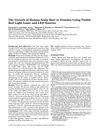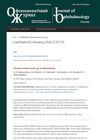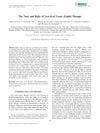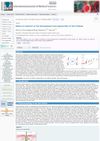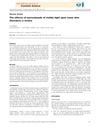Cardio-Light: Nitric Oxide Uncaged
October 2018
in “
Lasers in Medical Science
”
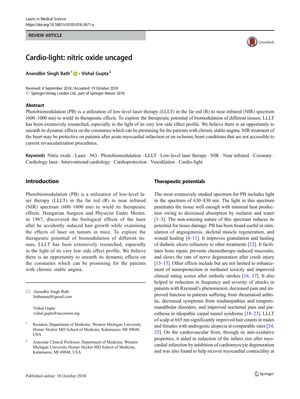
TLDR Low-level laser therapy using near-infrared light may help heart conditions and promote healing by releasing nitric oxide.
The review article from 2018 discussed the therapeutic potential of photobiomodulation (PB) using low-level laser therapy (LLLT) in the far red to near-infrared spectrum for various medical conditions, including its effects on coronary arteries and benefits for patients with chronic stable angina. LLLT was found to stimulate angiogenesis, muscle regeneration, wound healing, and improve hair counts in androgenic alopecia. For cardiovascular applications, it reduced infarct size after myocardial infarction and improved myocardial contractility, primarily through the antioxidative properties of nitric oxide (NO) released upon photostimulation. The authors suggested using a portable source of near-infrared light to stimulate ischemic regions in the heart, proposing an irradiance of 10-100 mW/cm² for 2-10 minutes for human cardiac use. They acknowledged the need for further research to address several hurdles before clinical application. The document also covered studies on LLLT and LED therapy's effects on wound healing, muscle regeneration, bone repair, and hair growth, emphasizing the role of NO in these processes.
